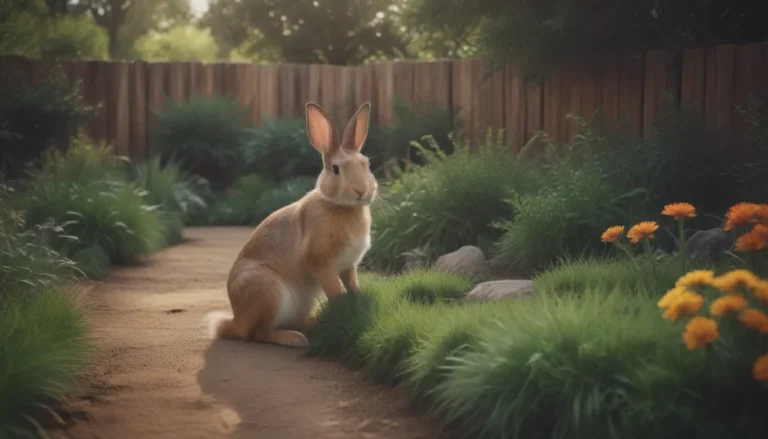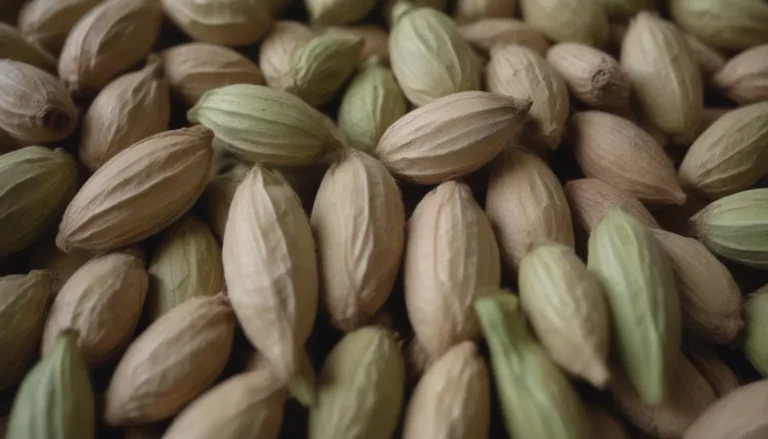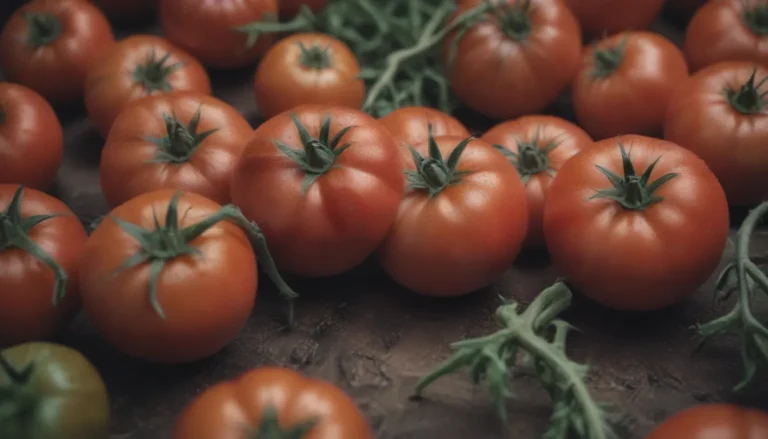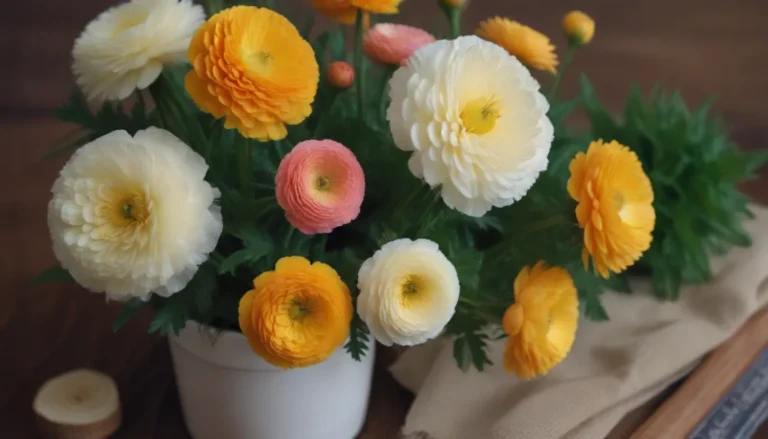A Comprehensive Guide to Growing and Caring for Runner Beans
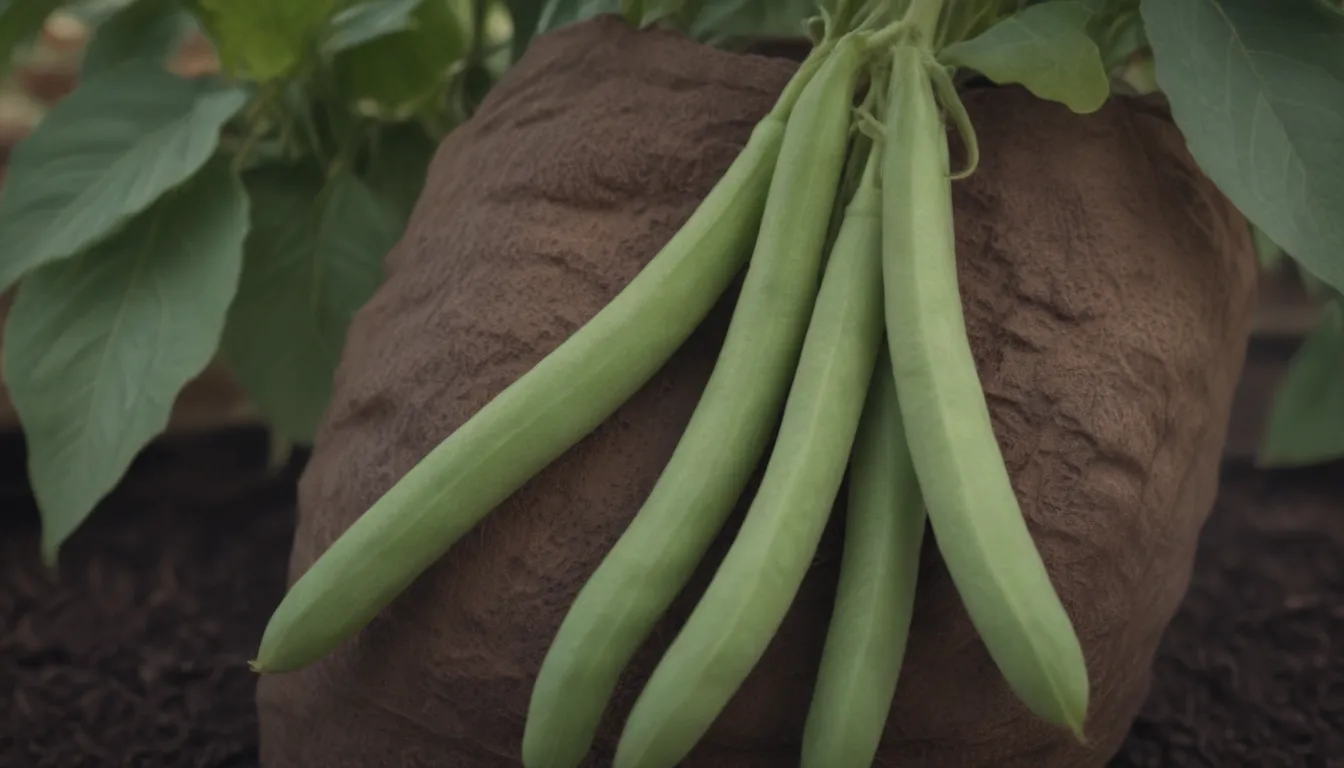
Are you interested in growing your own runner beans but don’t know where to start? Look no further! In this detailed guide, we will cover everything you need to know to successfully grow and care for your runner beans. From planting to harvesting, we’ve got you covered with valuable information and tips to ensure your runner beans thrive. So grab your gardening gloves and let’s get started!
Introduction to Runner Beans
Runner beans (Phaseolus coccineus), also known as scarlet runner beans, are a versatile plant that can be grown for both food and ornamental purposes. These vibrant beans are not only beautiful to look at but also delicious to eat. However, it’s important to note that eating them uncooked can be toxic to both people and animals, so be mindful of this when growing runner beans around children and pets.
How to Plant Runner Beans
When to Plant
- Wait to plant runner beans in the spring once all risk of frost has passed.
- You can also start your plants indoors around four to six weeks before your area’s last spring frost date.
Selecting a Planting Site
- Choose a planting site with good drainage and plenty of sunlight.
- Avoid planting near members of the onion family, as they can hinder the growth of beans.
- Container gardening is also an option for growing runner beans.
Spacing, Depth, and Support
- Plant seeds around 6 inches apart and 2 inches deep.
- Leave about 2 inches between rows.
- Provide support for your beans at the time of planting using bamboo canes, a trellis, or other structures.
Runner Bean Plant Care
Light
- Runner beans require full sun, meaning they need at least six hours of direct sunlight daily.
Soil
- Opt for a loose, organically rich, loamy soil with a slightly acidic to neutral pH level for best results.
Water
- Keep the soil consistently moist but not waterlogged.
- Water as needed to maintain lightly moist soil.
Temperature and Humidity
- Runner beans are not cold hardy and will die off with the first frost.
- High temperatures above 90 degrees Fahrenheit may slow down bean production, but it should pick up again once the weather cools.
- Moderate humidity levels are best for these plants.
Fertilizer
- Mix compost into the soil in the fall before planting.
- Apply a side dressing of compost during the growing season to promote vigorous production.
Types of Runner Beans
There are several varieties of runner beans available, each with its own unique appearance. Some popular types include:
– ‘Hestia’
– ‘Moonlight’
– ‘Painted Lady’
– ‘Prizewinner’
– ‘Sunset’
Pruning
Pruning runner beans is a simple task that involves pinching the tops once they’ve reached the top of their supports. This helps redirect the plant’s energy towards producing flowers and pods rather than excessive foliage.
Propagating Runner Beans
Runner beans can be propagated easily via saved seeds, which is a cost-effective way to create more plants from a variety you prefer. Save the seeds in the summer or fall for planting the following spring to ensure a continuous harvest.
How to Grow Runner Beans From Seed
- Direct sow seeds outdoors or start them indoors four to six weeks before transplanting.
- Avoid transplanting beans as they do not take well to it.
- Wait until the ground has warmed up before planting outdoors.
Potting and Repotting Runner Beans
Container gardening can be a great option for growing runner beans if you lack garden space. Use a large, heavy container with adequate drainage holes to support the beans as they grow. Repot seedlings once they reach about 3 inches high to larger containers if needed.
Overwintering
If you live in a frost-free area, you can leave runner bean plant roots in the ground over winter. Add a layer of mulch to insulate the roots and retain soil moisture for spring growth.
Common Pests & Plant Diseases
While runner beans are generally easy to grow, they may encounter pests and diseases such as:
– Mexican bean beetles
– Japanese beetles
– Leafhoppers
– Aphids
– Slugs
– Snails
– Mosaic virus
– Blight
– Anthracnose
– Powdery mildew
Harvesting Runner Beans
Runner beans typically start producing harvestable beans around midsummer, with flowering occurring four to five weeks after planting. Harvest beans every few days once they are ready by picking them when they snap cleanly from the vine. Store harvested beans in the refrigerator for up to a week or dry them for long-term storage.
Conclusion
Growing and caring for runner beans can be a rewarding experience, bringing both beauty and fresh produce to your garden. With the right conditions and proper care, you can enjoy a bountiful harvest of runner beans throughout the growing season. So roll up your sleeves, get your hands dirty, and watch your runner beans flourish with these helpful tips and guidelines. Happy gardening!
